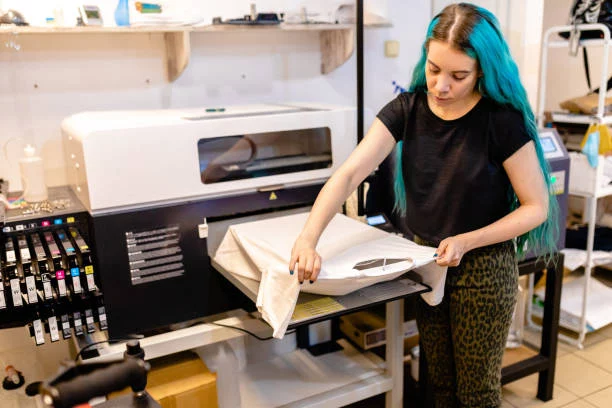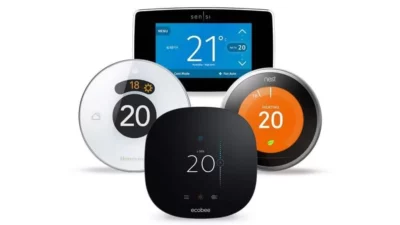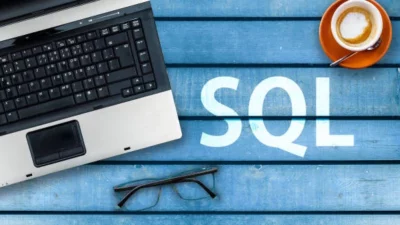The Direct-to-Film (DTF) printing industry is quickly becoming popular. It offers versatility, vibrant prints, and cost-effective production methods. To boost custom apparel, businesses, entrepreneurs, and creatives need the right DTF printer. With countless options on the market, the decision can be overwhelming. For good long-term returns, know the key features. Think about your business needs. Also, work with trusted sources like dtflinko.com.
This guide will help you pick the right DTF printer. Whether you’re new to custom apparel or growing your production, it’s made for you.
Understand Your Printing Needs:
Before diving into specs and models, evaluate what you actually need in a DTF printer. Ask yourself:
- Are you a home-based business or a full-scale production unit?
- How many garments do you plan to print daily?
- Do you need high-volume output, or is precision more important?
- What’s your budget?
Answering these questions helps you focus your choices. It stops you from spending too much on unneeded features. It also prevents you from spending too little, which can slow down production.
Key Features to Look for in a DTF Printer
When comparing printer models, focus on the following specifications:
1. Print resolution and speed:
High-resolution prints (typically 1440 dpi or higher) ensure detailed and vibrant designs. Yet, speed also matters if you’re handling bulk orders. Ideally, choose a model that balances quality and productivity.
2. Printer Size and Capacity:
DTF printers come in various sizes, from compact desktop versions to industrial models. Consider your workspace and output requirements. Smaller operations may prefer a compact, all-in-one unit. Larger businesses might require a wide-format model.
3. Ink System and Compatibility:
Check that the printer uses high-quality DTF inks. It should also have an efficient ink delivery system. Look for models with white ink circulation to prevent clogs—a common issue in DTF printing. The quality of your DTF transfer largely depends on these factors.
4. Maintenance Requirements:
Some printers are high-maintenance, requiring frequent cleaning and calibration. Pick a model that is reliable and easy to maintain. This is important if you don’t have much technical experience.
5. Software and RIP support:
A powerful RIP (Raster Image Processor) software enhances color control and layout accuracy. Ensure the printer is compatible with industry-standard software and supports CMYK + white channels.
Why an All-in-One DTF Printer Could Be Ideal?
An all-in-one DTF printer is a smart choice for many users. This is especially true for beginners and small businesses. These models usually combine printing, powdering, and curing in one unit. This setup makes the process smooth and saves space.
Benefits of an all-in-one DTF printer include:
- Compact Design: Perfect for small workspaces
- Streamlined Workflow: Eliminates manual transfers between steps.
- Time Efficiency: Faster turnaround and consistent output
- Ease of Use: Ideal for users without extensive printing experience.
All-in-one DTF printers are popular with growing businesses. They offer high performance and easy setup.
Reliability and Support: Why the Vendor Matters:
Choosing the right model isn’t about the machine itself—it’s also about who you buy it from. Reputable vendors like dtflinko.com provide great equipment. They also offer important after-sales support, training, and spare parts.
What to look for in a vendor:
- Warranty and Returns: Protects your investment.
- Customer Service: Assists in resolving issues with speed.
- Tutorials and Training: Ease your learning curve.
- User Reviews: Real-world insights into performance and support
DTF printing requires a long-term commitment. Working with reliable suppliers brings smoother operations and peace of mind.
Budget vs. Performance:
Budget is always a consideration, but don’t let price alone drive your decision. A cheaper printer looks good at first. But, it can end up costing more. This happens due to maintenance issues, downtime, and low-quality prints. High-end models provide speed and durability; yet, they may be excessive for startups.
Tip: Look for the best value. Don’t choose the cheapest or the most expensive. Consider your printing needs and long-term business plans.
Future-Proof Your Investment;
Technology evolves fast. Choose a printer model that can grow with your business. This might mean picking a modular design, using upgradable firmware, or making sure it works with new ink types. A little foresight can save you from replacing your equipment too soon.
Final Checklist Before You Buy:
Here’s a quick checklist to help complete your decision:
- Have I assessed my daily and monthly printing volume?
- Does the printer support CMYK + white ink?
- Is it compatible with quality DTF transfer film?
- What’s the warranty and support structure?
- Are consumables readily accessible?
- Am I buying from a reputable vendor?
If you said yes to all these questions and know your printing goals, you’re ready to choose wisely.
Conclusion:
Choosing the right DTF printer model doesn’t have to be complicated. Begin by identifying your needs. Understand the key features you require. Invest in quality instead of saving money. Choosing the right printer is key for success in custom printing. You may need a compact all-in-one printer or a robust industrial model.
Trustworthy sites like dtflinko.com help find equipment that fits your needs. This way, you maximize your investment.

Lexy Summer is a talented writer with a deep passion for the art of language and storytelling. With a background in editing and content creation, Lexy has honed her skills in crafting clear, engaging, and grammatically flawless writing.



